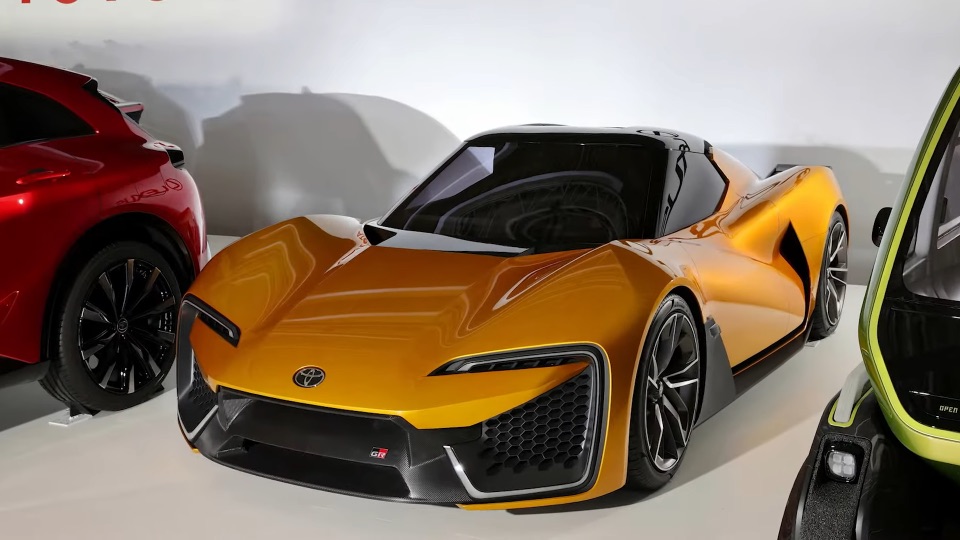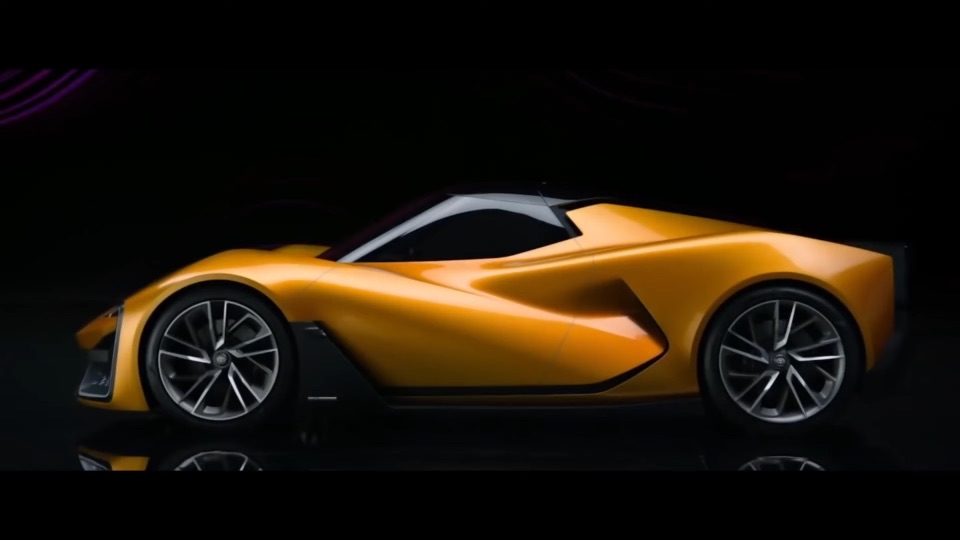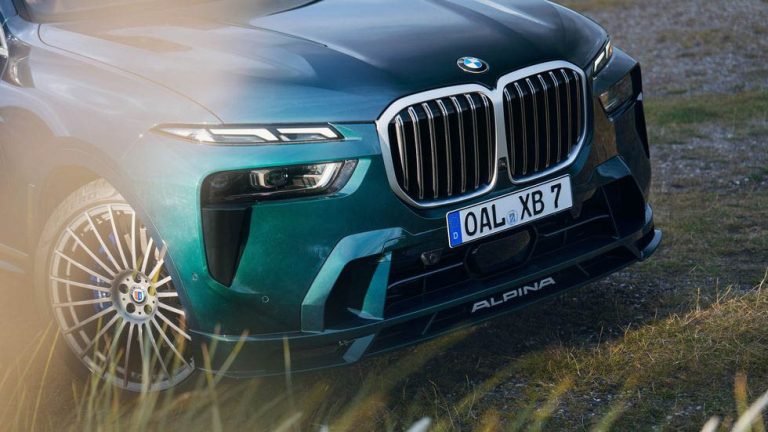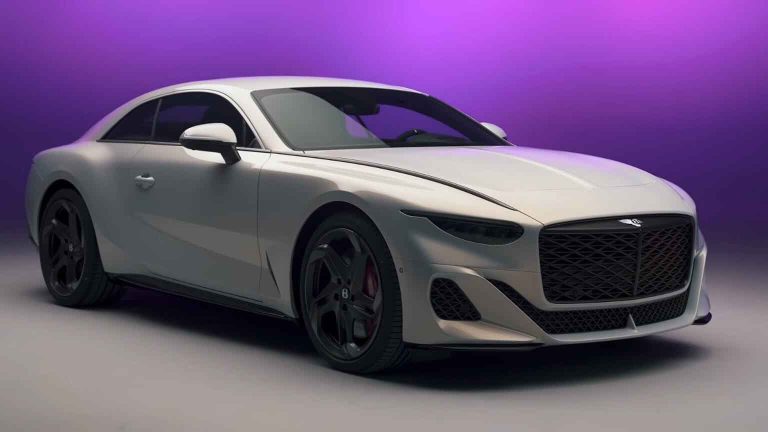Motorcarspecs.com delivers automobile industry news, and its unique content can entice viewers from all over the world. Every day, the Motorcarspecs.com team assists thousands of consumers in conducting vehicle research and comparing pricing on a wide range of automotive products and services. We’ve been pioneering innovative ways for prospective buyers to engage with automobiles and obtain timely and accurate information since January 2020. We created this platform for you, the viewers, to provide an honest evaluation on a relevant automobile, which we will completely review and post on our site.
Toyota MR2 and Lexus LFA will receive sporty EV replacements, Toyota’s flat-floored E-TNGA modular EV design, first seen on the Toyota bZ4X and closely related Subaru Solterra and Lexus RZ SUVs, provides the Japanese automaker with the flexibility it requires to retain a presence in all categories as it electrifies.
Toyota teased the diversity of its future electric lineup late last year by revealing a fleet of 15 concept EVs, including a small urban crossover, a saloon rivaling the Tesla Model 3, a full-size pick-up truck, and the aggressively styled Sports EV concept, which is expected to evolve into a modern-day MR2, the brand’s first bespoke electric sports car.

Following Toyota’s shocking announcement that it plans to launch 30 new EVs by 2030 – one of the most ambitious electrification pledges of any mainstream manufacturer – and the revelation that the already-acclaimed GR86 will only be in production for two years due to upcoming European crash-safety regulations, the future of Gazoo Racing has been thrust into the spotlight.
Toyota has been vocal in recent months about his belief that battery power is not the only way for the automotive industry to decarbonize, and the company has emphasized its continued commitment to hydrogen fuel cell powertrains, even reworking some of its existing performance motors to run on hydrogen.
With a ready-made skateboard BEV design on the table and a rapidly emerging international charging network to accommodate owners of such cars, an all-electric two-seater fits well into the company’s lineup.

Toyota is also hard at work developing production-ready solid-state batteries, which are lighter and more efficient than the conventional lithium ion batteries found in most EVs on the market today due to their increased power density, making them ideal for use in smaller and more dynamically focused sports cars.
It’s unclear if Gazoo’s first electric car will use these new-generation batteries, but the proportions of the targatopped Sports EV concept – which appears realistic enough to go into production practically unchanged – look to mirror the MR2’s mid-engined form.
The Porsche 718 Cayman and Lotus Elise’s successors will stack batteries vertically behind the seats in an attempt to compact their mass inside the chassis and therefore replicate the handling abilities of their gasoline ancestors.

It’s uncertain if the new EV will keep the MR2 moniker. The charismatic dynamics of the previous sports car were largely due to its rear-drive layout and optimized weight distribution, but the E-TNGA platform has only been used for front- and rear-wheel-drive cars thus far, so it’s more likely to serve as the foundation for a dedicated sports EV platform rather than being carried over wholesale or with lightly repackaged drive systems.
Why is Toyota able to do so – Personal Opinion

Given Toyota’s sporting car pedigree, from the original MR2 to the GT86 and the GR Yaris, we’re eager to breathe fresh life into sports vehicles (not to mention the short-lived GR86, the 2.4-litre replacement for the GT86).
We liked such automobiles because they provided us the thrill of driving in its most natural form.
Some may say that it is impossible to do without a combustion engine, yet Toyota deserves credit.
Many companies have moved away from performance sub-brands in recent years, but the Japanese manufacturer has proved not just its dedication to the GR brand, but also its engineering skill. Only Toyota is capable of making an electric sports vehicle a success.
Lexus is all set to go. Lotus Evija’s adversary

Because to Toyota’s commitment to all-electric cars, Lexus will replace the screaming V10-powered LFA of 2010-2012 with a futuristic and long-range challenger to the Lotus Evija, Rimac Nevera, and Pininfarina Battista.
Lexus’ terrifying super-EV is slated to have a range of 435 miles and a 0-62mph performance of less than 2.5 seconds when it debuts in 2030, making it one of the fastest and longest-legged EVs on the market.
Because a production-ready version of the supercar is unlikely to be displayed for several years, technical specifics are being kept under wraps. However, in addition to the RZ’s E-TNGA, the company has shown the first evidence that it is creating new platforms for use in its vehicles.
“The platform must deliver for Lexus, with a focus on driver connection,” stated Spiros Fotinos, the company’s European director, to Autocar recently. There will be no existing Toyota platforms, shared modified platforms, or one of a kind platforms.”




